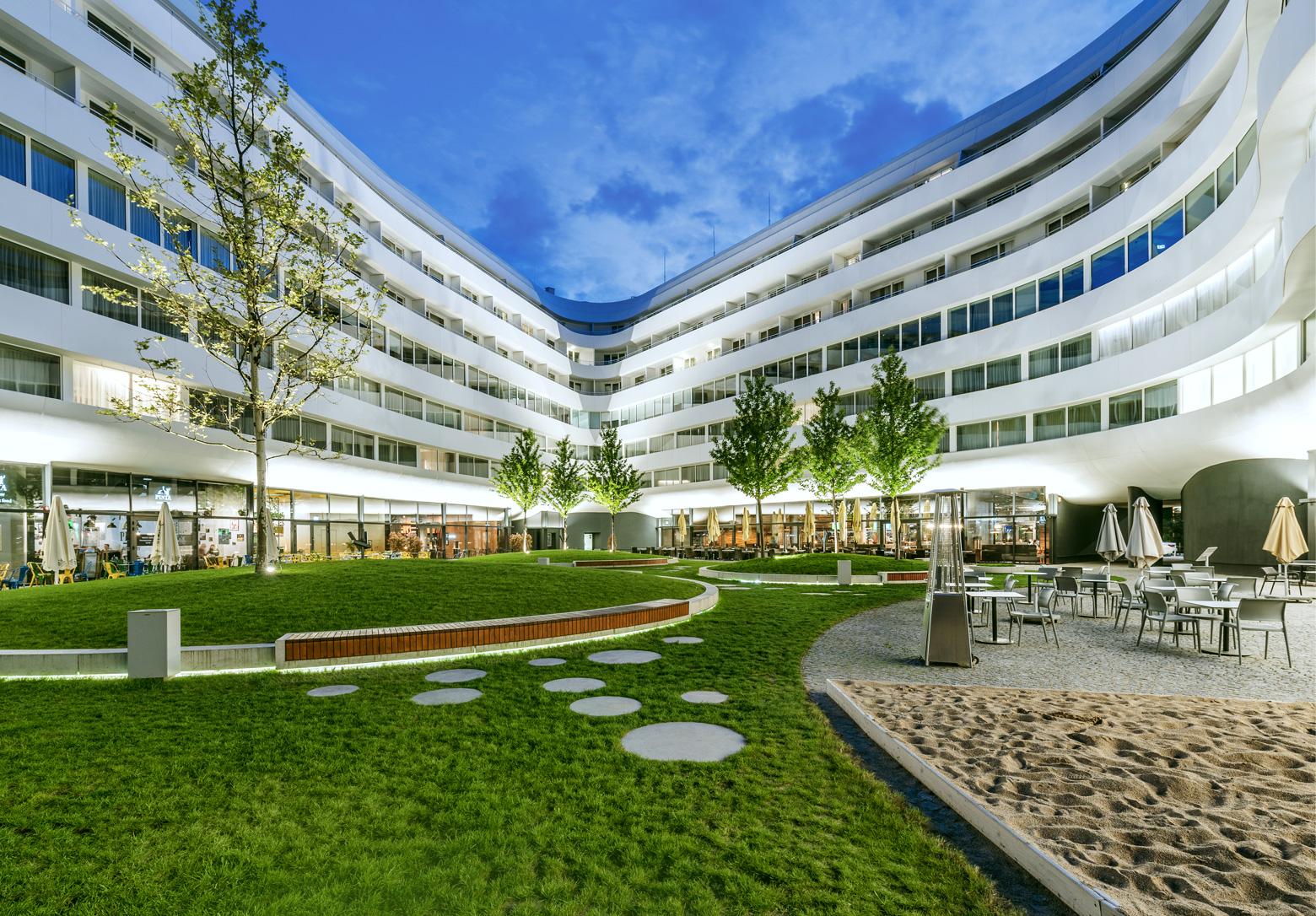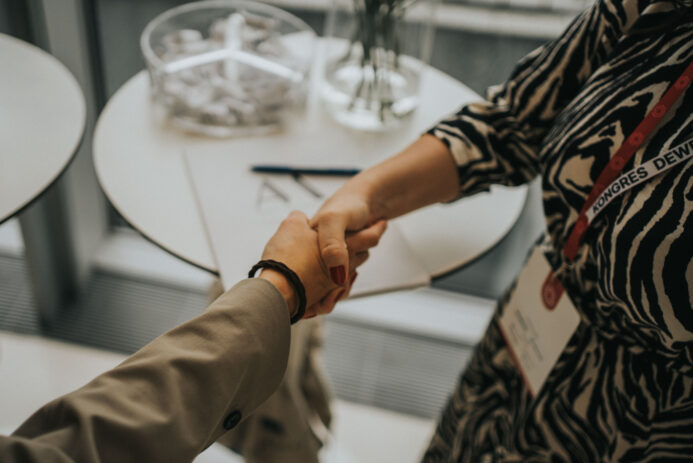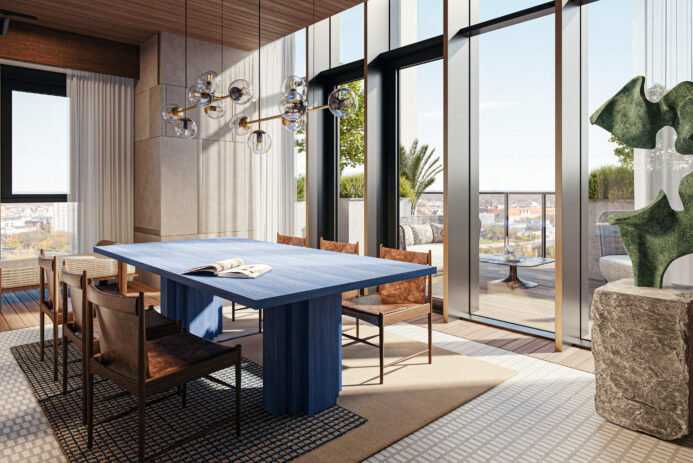The concept of creating design teams of international character has been gaining popularity in the development industry for a while now. The effects of this trend are readily apparent – innovation in residential development, design revolutions in tourism, and even the emergence of a new era in sports architecture. What are the advantages of employing this type of a solution? Where in Poland can we find buildings created on the foundation of international team cooperation? Who to watch and whose experiences to be inspired by?
Local pioneers
One of the companies embracing the concept of international design teams is Angel Poland Group, a major residential development player. The company’s management confirms that cooperation between specialists from different parts of the world on creating unique projects was one of the foundations of their business in Poland.

Owing to this implementation system, the investments are developed in a unique atmosphere. International design studios bring an entirely different perspective and are able to introduce to the local market a number of solutions that are not so much rare, as indeed pioneering, and at times seemingly abstract. With the support of Polish architects, such ideas have a chance of becoming a reality – which is possible not only due to experience, but also the legal expertise and the ability to manoeuvre in the world of documents and formalities.
The Board of the Angel Poland Group sees having teams composed of specialists from different countries as a great source of satisfaction. The representatives of the company can be proud that upon Poland joining the European Union, they became one of the forerunners of this solution in the country. International cooperation has also translated into a number of awards (including Investment of the Decade for Angel Wawel, and Investment of 2017 for Ovo Wrocław).
European concepts applied locally
Direct benefits of engaging international teams are visible at every stage of a project. Their beneficiaries are not only the architects or contractors, but also those who will use the buildings in the future. A good example of this are the Angel Wawel and the Angel City Kraków investments completed by the Angel Poland group in the capital of the Małopolskie province.
An innovative concept of equipping the first of them with a number of additional functionalities was met with a widespread approval in the industry and was broadly covered by the press. Owing to the initiative of the international design team of Gottesman–Szmelcman Architecture, the current tenants and owners of apartments can enjoy an open-access library, cinema and billiard room, fitness and spa zone with a swimming pool, and even a wine cellar. When the sale was launched, it was one of the most interesting proposals on the Polish property market. International expertise was also used to create the stunning Angel Wawel garden. It was designed by Matt James, a well-known, leading landscape designer. Following the principles of the English style, the garden does not lack for trees that offer privacy to the residents, and characteristic trimmed hedges. The sculptures of king Bolesław Chrobry come as additional and unique ornament.

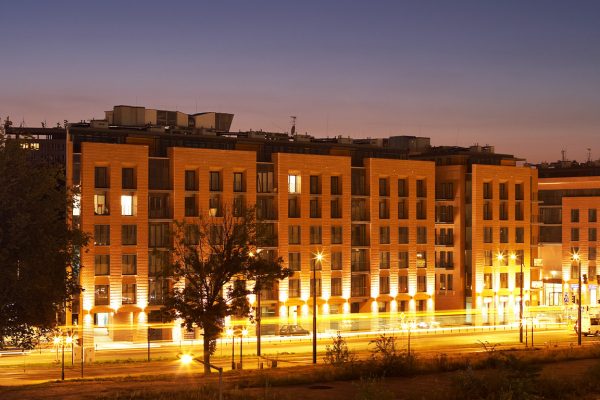
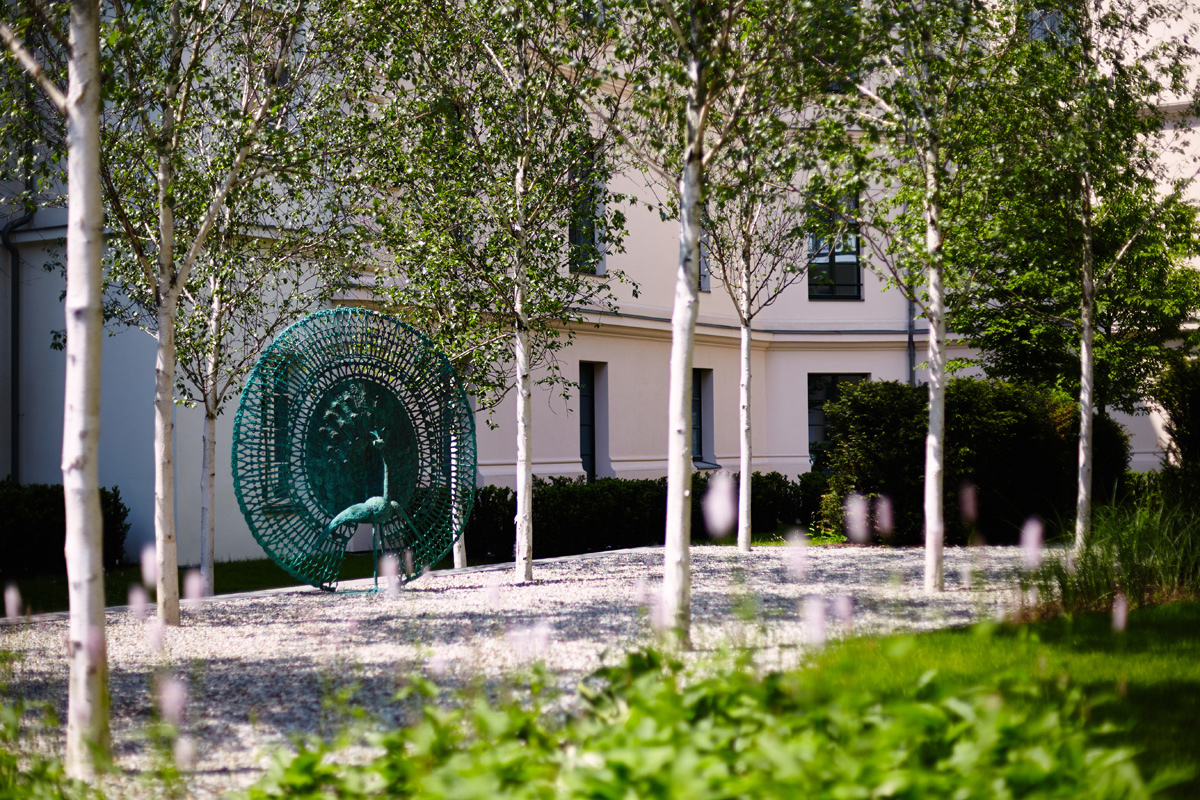
The second investment was designed as part of a broader programme of revitalisation of the surroundings of the historic railway station. In consultation with the local authorities and city planners, the innovative form was incorporated into the city’s topography in a manner that recognises the vicinity of the Royal Route and Wawel. This made it possible to modernise and upgrade a large urban area, while respecting the local values and meeting the expectations of the residents. When embarking on its next investments in Kraków – Angel Plaza and Angel Stradom – the company joined forces with DDJM, a local actor and one of the most prestigious architectural studios in the city (currently part of the German Baumschlager Eberle Architecten chain).
Another example from Kraków is the renowned BXB Studio of Bogusław Barnaś, which as part of a prestigious, international team – that includes design studios from USA, France, Germany or Ireland – took on a project in the Swiss canton of Jura. The goal of the enterprise was to create one-of-a-kind summer houses in the heart of a forest. Nine teams worked alongside on designs that were then widely covered by the Swiss and international media. Completed designs, a result of long discussions and exchange of experience between the designers, were hailed as a “perfect mix of nature and architecture”.
Lower Silesia open to new ideas
The innovativeness that comes with an international design team can also manifest itself through the tiniest details and spectacular features. An ideal example of this is the OVO complex in Wrocław, investment that combines residential needs with business perspective and the local community. As Asaf Gottesman, the conceptual architect of OVO Wrocław, said during a press conference – Wrocław is an open city that is not afraid of new concepts.
The design team decided to take advantage of this fearless attitude and proposed the first Polish example of blobitecture, an architectural style inspired by soft and curved shapes. However, they did not stop there – another innovative (and pioneering) idea was to finish the building façade using corian – a unique material that was admitted to use in Poland only in 2012. Eco-friendly, durable, and above all – allowing forming – in many respects it proved to be perfect as the finishing mateial for one of the most recognisable buildings in Wrocław. It reflects the visionary design of the Gottesman–Szmelcman Architecture studio. What’s interesting, a significant role in the implementation of the investment was played by the already mentioned Polish studio of JSK Architekci; authors of such designs as the Gdańsk airport and and city stadiums in the capital of Kenia (Nairobi) and Qatar (floating stadium Doha).
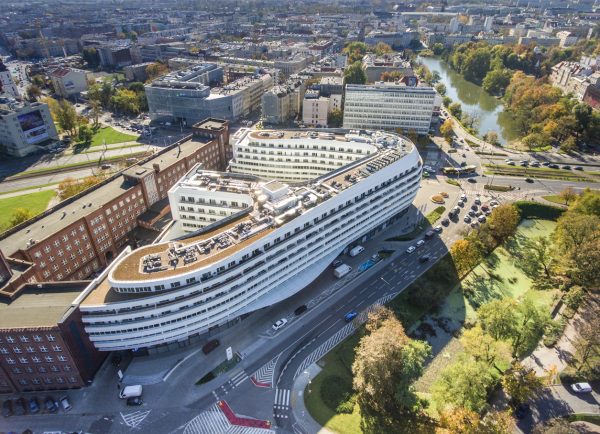
The same team of Gottesman–Szmelcman Architecture convinced the developer to open up the community space when embarking on another investment of the Angel Poland Group in Wrocław – Angel Wings and Angel River. At the time in Poland it was a pioneering solution, especially taking into account that despite a very central location in Wrocław, over the picturesque banks of the Oława River, the immediate surroundings of the former “Triangle” urban area did not enjoy the best reputation. The development stood out also due to green terraces facing the river front and the cascade structure of the buildings. That was the first time that riverside areas in Wrocław were developed in such a manner, and it set a trend to be followed by other investors. Another foreign team of architects – the EPR Architects studio from London – continues this trend working on the development of Angel City, a building adjacent to Angel River. The team designed a green, open courtyard accessed through an asymmetrical opening in the building, green roofs, and numerous facilities for the residents, such as fitness zone and spa, meeting room, work room, or play room for the children.

Path taken by the biggest players
For many organisations, international design teams have become drivers of success and a way to achieve a new, fresh outlook. Contribution from international professionals coupled with smooth cooperation with Polish specialists led to the creation of the most prestigious projects in our country. Worthy of mentioning here are such projects as the famous Towarowa 22 complex, designed for Echo Investments with the legendary Bjarke Ingels, or the higher residential building in the EU located in Warsaw – Złota 44, created thanks to the commitment of OPG and Daniel Libeskind. It would be impossible not to mention the nationally unique Cosmopolitan project conceived by American designer of German origin, Helmut Jahn. This world-famous architect is the author of over 100 known and prestigious projects located all over the globe, including the design of the European Union building in Brussels, and the Cosmopolitan in Twarda 4 in Warsaw, developed between 2010-2014 is his first implemented concept in Poland. The investor was Tacit Development.
The experience of our domestic design offices and studios proves that the formation of international design teams is a good direction for developer industry specialists. Good cooperation between professionals of different nationalities creates benefits not only for them, but also for the future users of the completed projects, regardless of their nature or end purpose.



